Introduction to the amazing world of genetics
Genetics is a fascinating branch of biology that uncovers the secrets of life hidden in the cells of our bodies. The key to understanding genetics is DNA, which carries genetic information. By looking inside the cell, we begin to discover the amazing mechanisms that shape our physical nature and determine heredity.
A few words about DNA
Deoxyribonucleic acid, or DNA for short, is the molecular building block of life. It is a long double-stranded chain (double helix) composed of nucleotides (the basic building blocks of nucleic acids, which are molecules containing genetic information), each of which contains a sugar, a phosphate, and one of four nitrogenous bases: adenine (A), thymine (T), cytosine (C), or guanine (G). The combination of these bases forms the genetic code, which carries the information necessary for the development and functioning of the organism. DNA is found in the nucleus of cells. The structure of DNA is incredibly elegant and efficient and allows for the precise preservation and transmission of genetic information from generation to generation. It is, in short, a miracle of evolution.
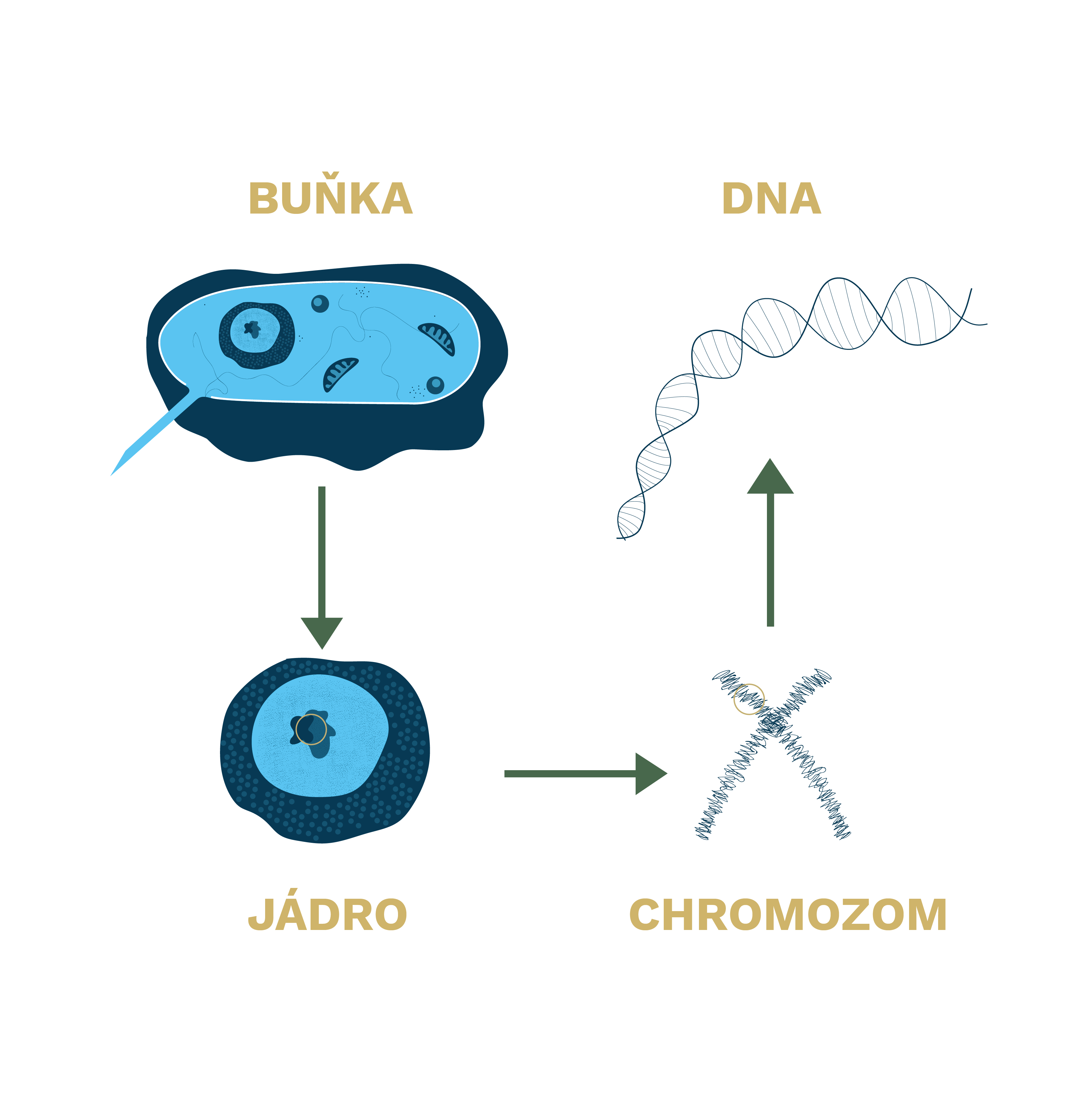
The location of DNA in the cell and the role of chromosomes

In the nucleus of cells, DNA is organized into so-called chromosomes, which are rigid structures made up of coiled DNA. Humans have 23 paired chromosomes, meaning that each parent passes on one set of chromosomes to their offspring, that is, 46 chromosomes in total, half of which come from the father and the other half from the mother.
- This combination of chromosomes forms the genotype, the genetic basis of each individual. One of the most amazing aspects of genetics lies in the way chromosomes work together to ensure the transmission of genetic information. During cell division, chromosomes double, separate, and form two identical copies, which are then evenly divided between the two new cells.
- This process, called mitosis, is crucial for the growth, repair, and maintenance of body tissues. In a different process, called meiosis, chromosomes combine and then divide into four cells with half the number of chromosomes. This allows the formation of sex cells, sperm in males and eggs in females, which have half the genetic material.
- The joining of the sperm and egg at fertilization recreates the complete genetic code that creates the new individual.
Figure 1: Simplified structure of a human cell
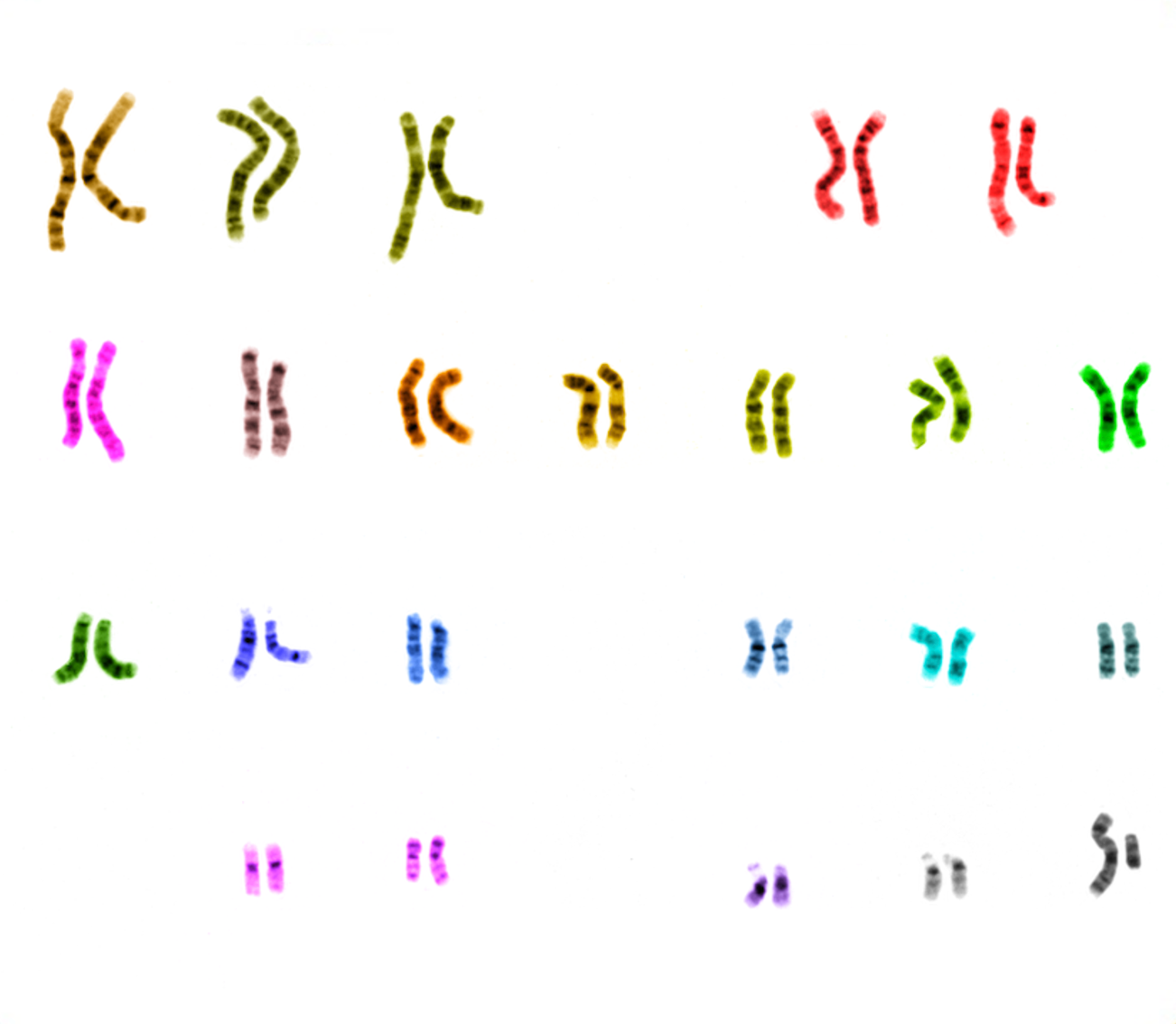
What is a genome and a gene

A genome includes all the genetic information contained in an individual, and a gene is a small section of DNA that contains the information needed to make one specific protein or to affect certain properties of an organism. We can think of it as the instructions that determine how a living creature will be built and function. Genes are essentially the "building blocks" of life.
Genes influence many aspects of an organism, from basic biological functions to development and predisposition to various diseases.
Here are some areas that are affected by genes:
- Basic biological functions: Genes encode proteins that underlie many biological processes. These processes include metabolism, growth, reproduction, cell repair, and many others.
- Development: Genes play a key role in the development of an organism from the embryonic stage to adulthood. They control the processes of cell differentiation, organ formation and many other aspects of development.
- Immune system: genes influence the function of the immune system, which is crucial to the body's ability to fight infections and diseases.
- Disease predisposition: Certain genetic variants can increase or decrease the risk of various diseases. This includes a genetic predisposition to heart disease, cancer, diabetes and many others.
- Sight and hearing perception: genes can also affect sight and hearing perception, including predisposition to certain genetic diseases that can lead to hearing or vision loss.
Figure 2: Male genome: 46 chromosomes form 23 pairs in the cell nucleus
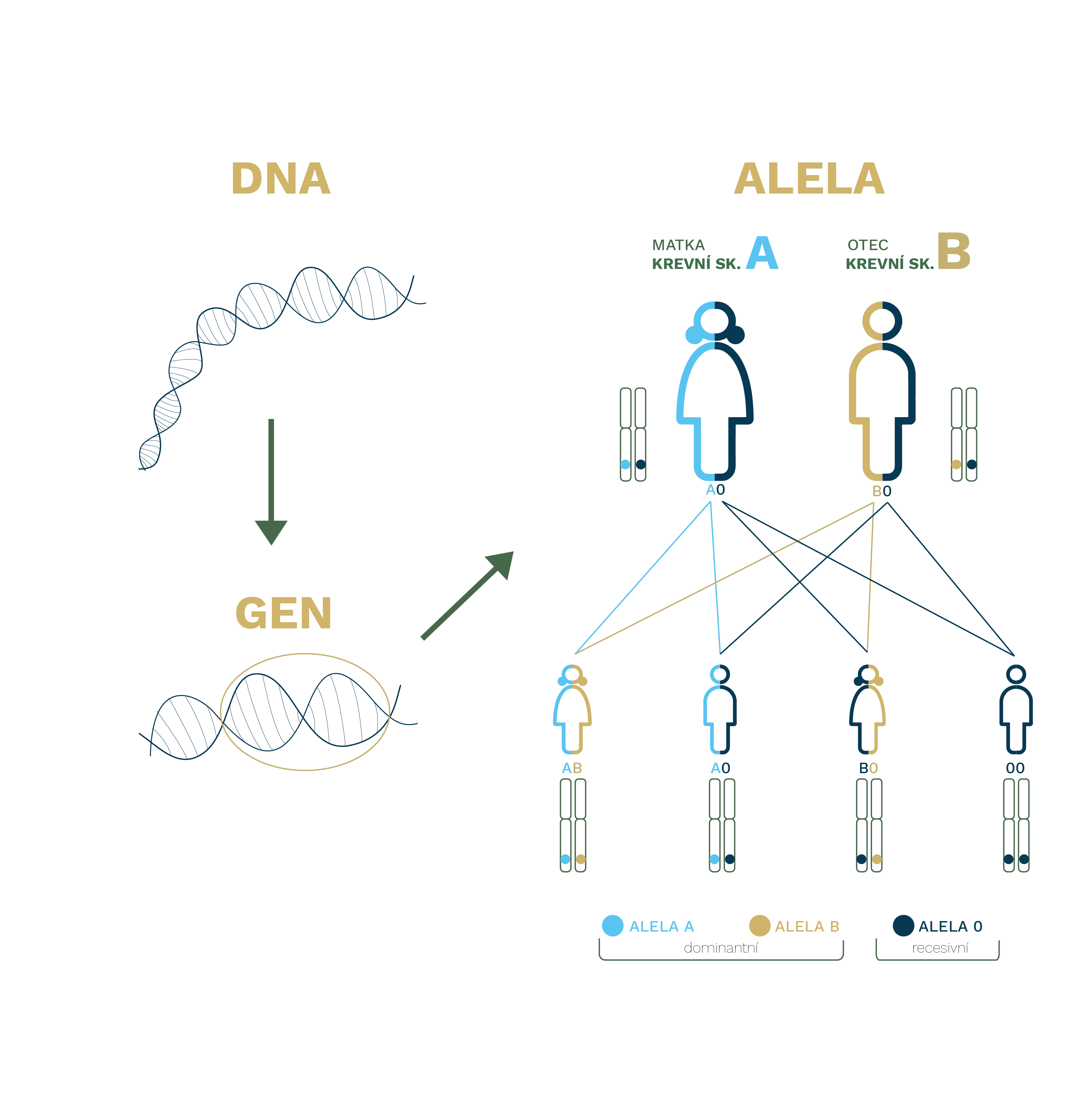
What are alleles

Alleles are variants of a gene that affect a particular trait or characteristic of an organism. Genes are located on chromosomes that are in the nucleus of the cell. Each individual receives one allele from the mother and one from the father. Alleles are inherited independently of each other if they are on different chromosomes.The combination of alleles in a genotype influences whether dominant or recessive traits are expressed. This is how genetic information is passed on and affects the appearance, behaviour and other characteristics of offspring. Paired chromosomes contain the same genes but may have different alleles.
In the context of alleles, it is important to know the terms phenotype and genotype.
- Phenotype is a set of observable traits or characteristics of an individual that result from the interaction of its genotype (genetic material) with its environment. Simply put, a phenotype includes all the external manifestations of an organism that we can see or measure, such as eye colour, height, body shape, behaviour, and other physical and behavioural characteristics.
- In contrast, a genotype is the set of all the genes contained in an organism's DNA that can influence its development and functioning.
Dominant and recessive alleles are two basic categories of genetic variants that affect the expression of a trait or characteristic of an organism.
Figure 3: principle of allele functioning using blood group as an example
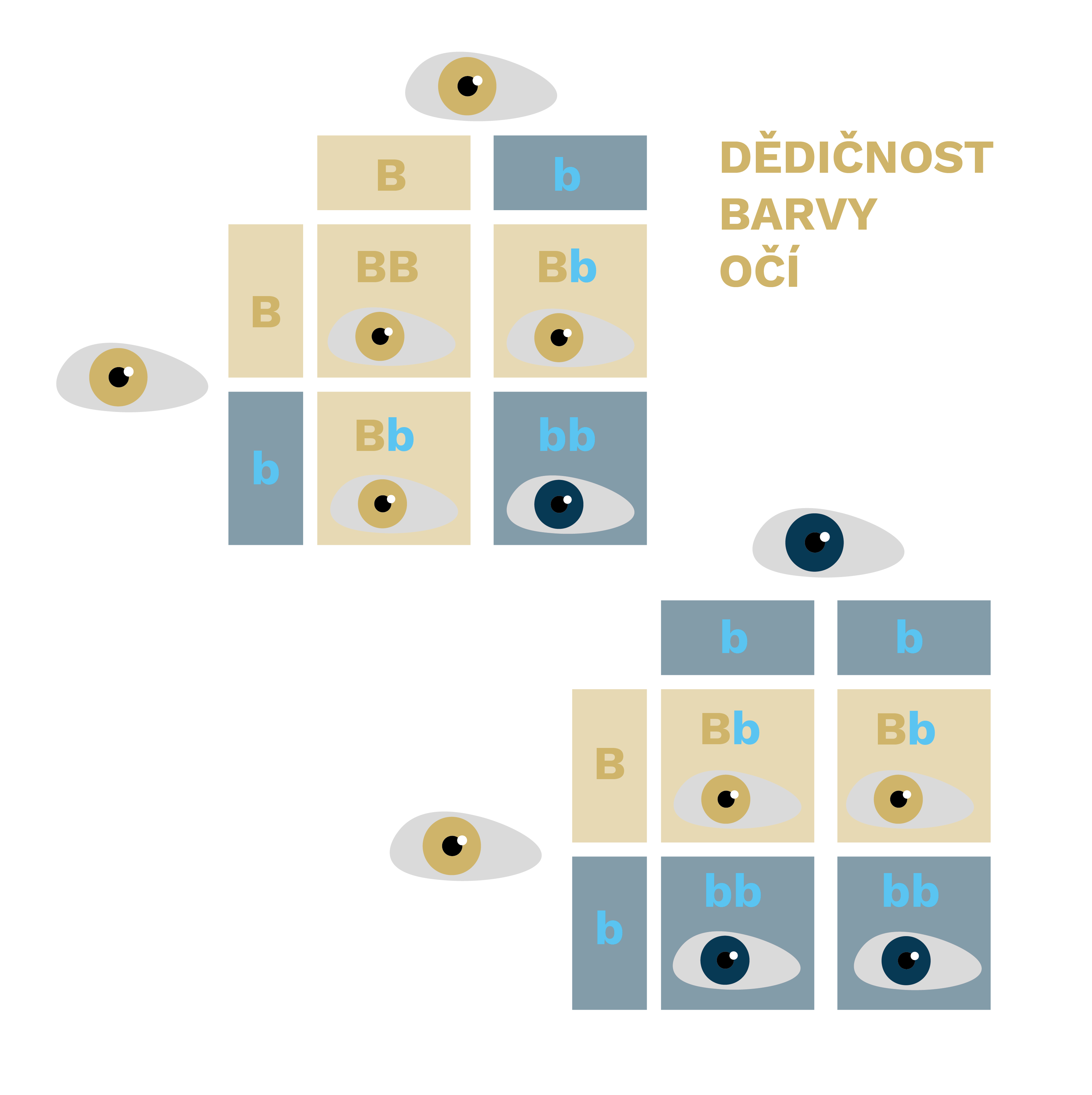
Types of alleles

Dominant allele: If an individual has at least one dominant allele for a particular gene, the trait or characteristic will be expressed in its phenotype.
Recessive allele: The presence of a recessive allele will only be manifested if an individual has two recessive alleles for a given gene and no dominant allele is present.
Alleles are standardly denoted by letters. Dominant alleles are usually denoted by capital letters and recessive alleles by lowercase letters, but they may be denoted by the first letters of the gene or by another system of labelling. For example, for a gene that affects eye colour, you might have alleles "B" for blue and "b" for brown.
Numbers: If there are more than two alleles for a gene, they can be numbered. For example, there may be alleles labeled "A1" and "A2".
Figure 4: Principle of how alleles work on eye colour in parents and offspring
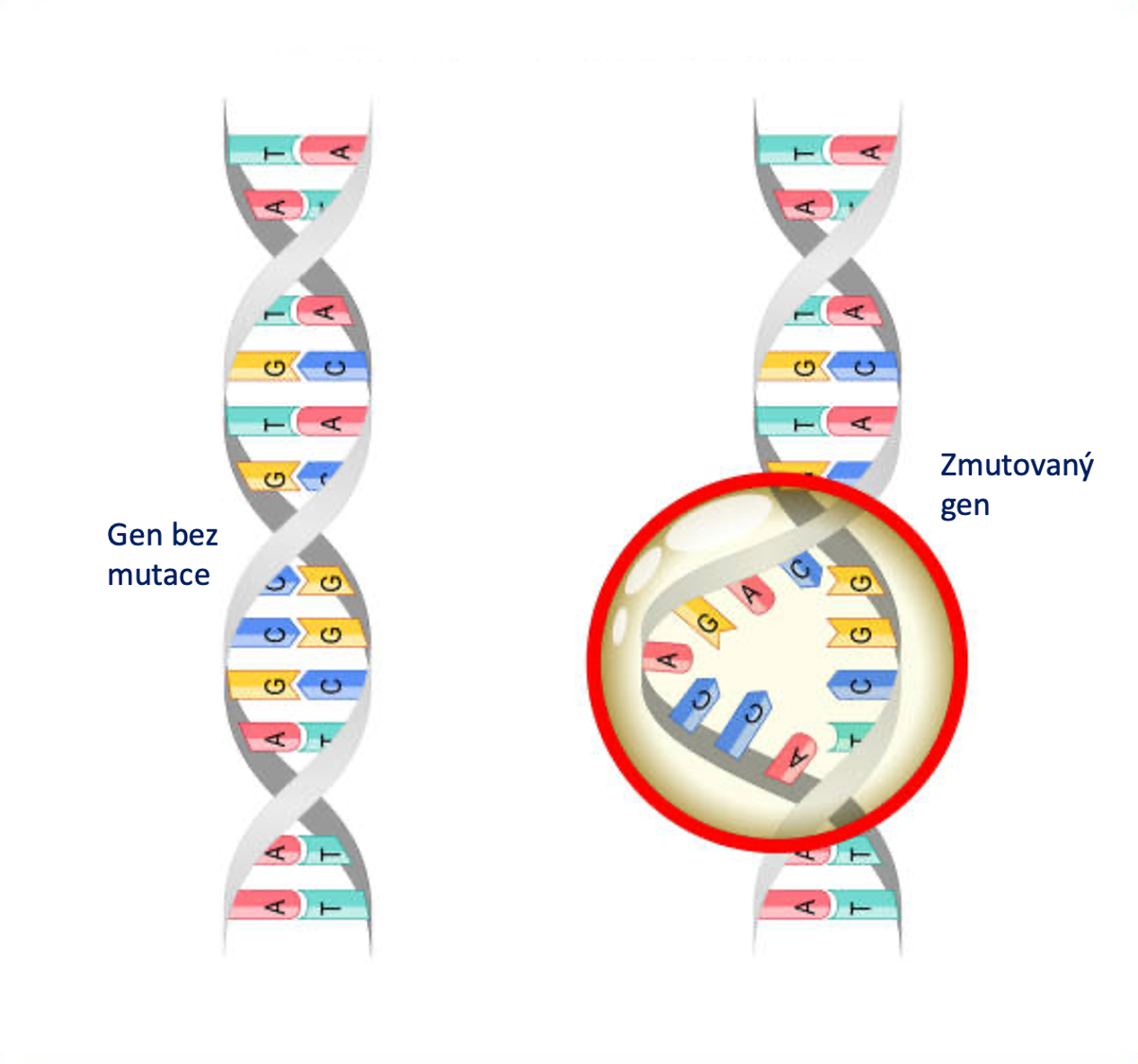
What are genetic mutations and why genes mutate:

What we look for when we examine your DNA are genetic mutations. Creating a mutation on a gene can happen in several ways.
In layman's terms, this can be explained as follows.
- Incidental DNA replication errors:During each cell division, DNA replication occurs, a process in which genetic material is copied. Sometimes mistakes can occur in this process, which can cause changes in the genetic code and the development of mutations.
- Influence of external factors: Mutations can be caused by external factors such as chemicals, radiation or viruses. For example, some chemicals can damage DNA and cause mutations.
- Genetic recombination: In a process called recombination, genetic material can be moved between chromosomes. This natural genetic variation can lead to new combinations of genes and potential mutations.
- Mutagens are substances or factors that increase the likelihood of mutations. Chemicals, such as some carcinogens, can act as mutagens and cause changes in DNA.
- Inheritance of mutations:Some mutations can be inherited, meaning that they are passed from one generation to the next. These mutations can arise either by chance or can be caused by genetic errors passed from parent to offspring (see next section).
Figure 5: Graphical representation of a gene without a mutation and a gene with a mutation
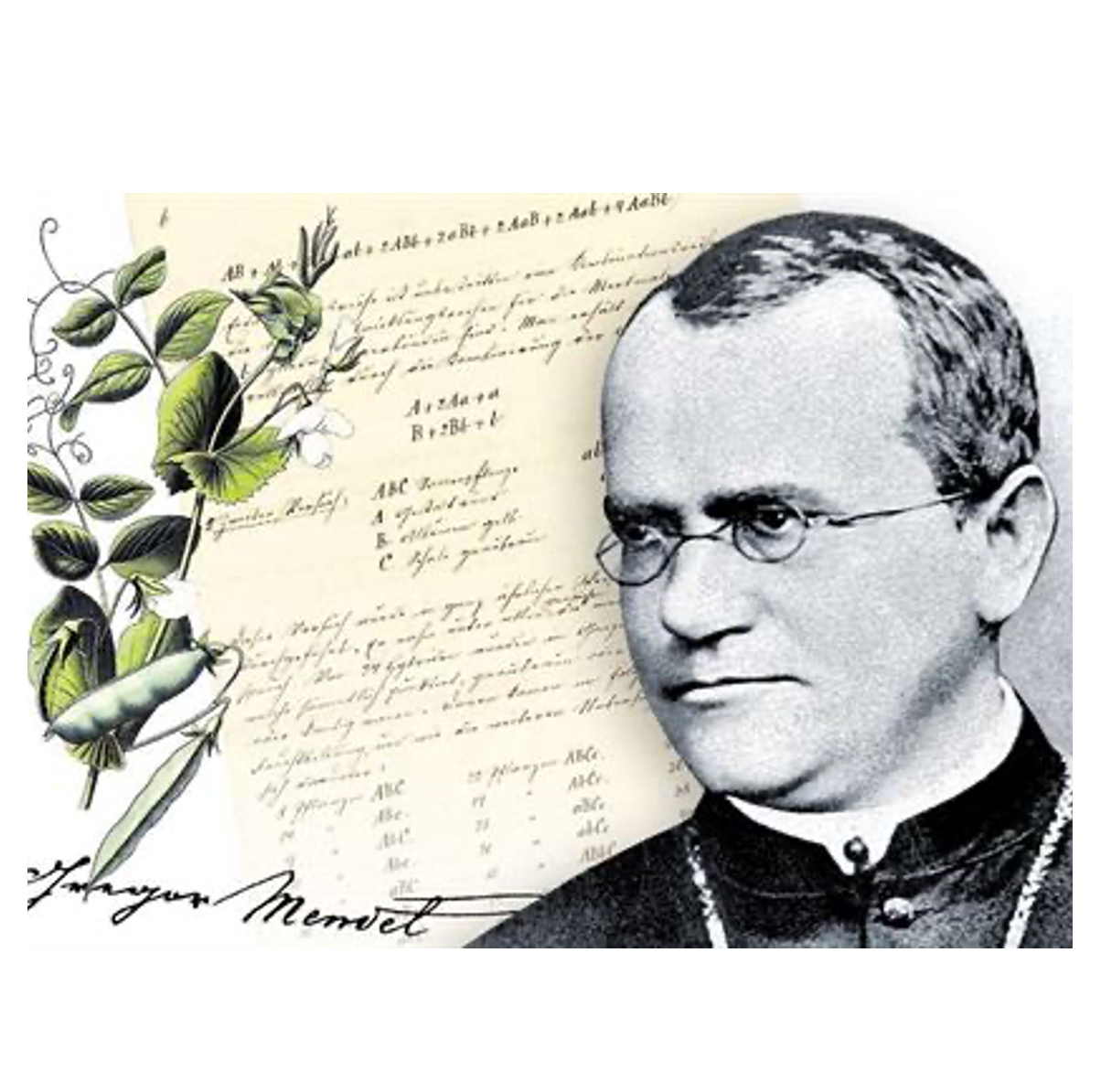
Basic information about the laws of heredity

The basic principles of heredity were first described by the Austrian monk and scientist Gregor Mendel, who conducted studies on peas in Brno at the end of the 19th century. Since Mendel's time, genetics has undergone tremendous development.
The discovery of the structure of DNA in the mid-20th century marked a breakthrough in our understanding of genetic mechanisms. This was followed by the development of technologies such as PCR (polymerase chain reaction) and DNA sequencing, which have allowed us to examine genetic information more closely.</p
Quite pivotal to understanding the understanding of the broad spectrum and function of individual genes was the HGP - Human Genome Project, which progressively mapped all of the approximately 25,000 genes found in the human body.
Heredity is a unique ability of living organisms. Each newborn child inherits half of its genetic information from its mother and half from its father, which influences its ultimate development. Yet genetic information is not responsible for everything. Many external factors, both positive and negative, influence the fate of a child.
To understand the principles of inheritance, it is important to know that there are two types of chromosomes: sex chromosomes (gonosomes) and asexual chromosomes (autosomes). Due to the different combinations of sex chromosomes in males and females, the inheritance of genes stored on these chromosomes differs. Autosomes have the same effect for both sexes. This is why we divide heredity into autosomal and gonosomal.
We can simplistically divide heredity into dominant and recessive.
- Dominant autosomal inheritancemeans that only the dominant allele is crucial for the development of the disease. The affected parent has a 50% chance of passing this allele to the offspring, thereby manifesting the disease.
- Rescessive autosomal inheritance, on the other hand, requires that both alleles of a given gene be mutated. Only recessive homozygotes, those who inherit the mutated allele from both parents, will show the disease phenotype.
Figure 6: The germinal principles of inheritance were discovered in the 19th century by the German-born Moravian naturalist Gregor Johann Mendel
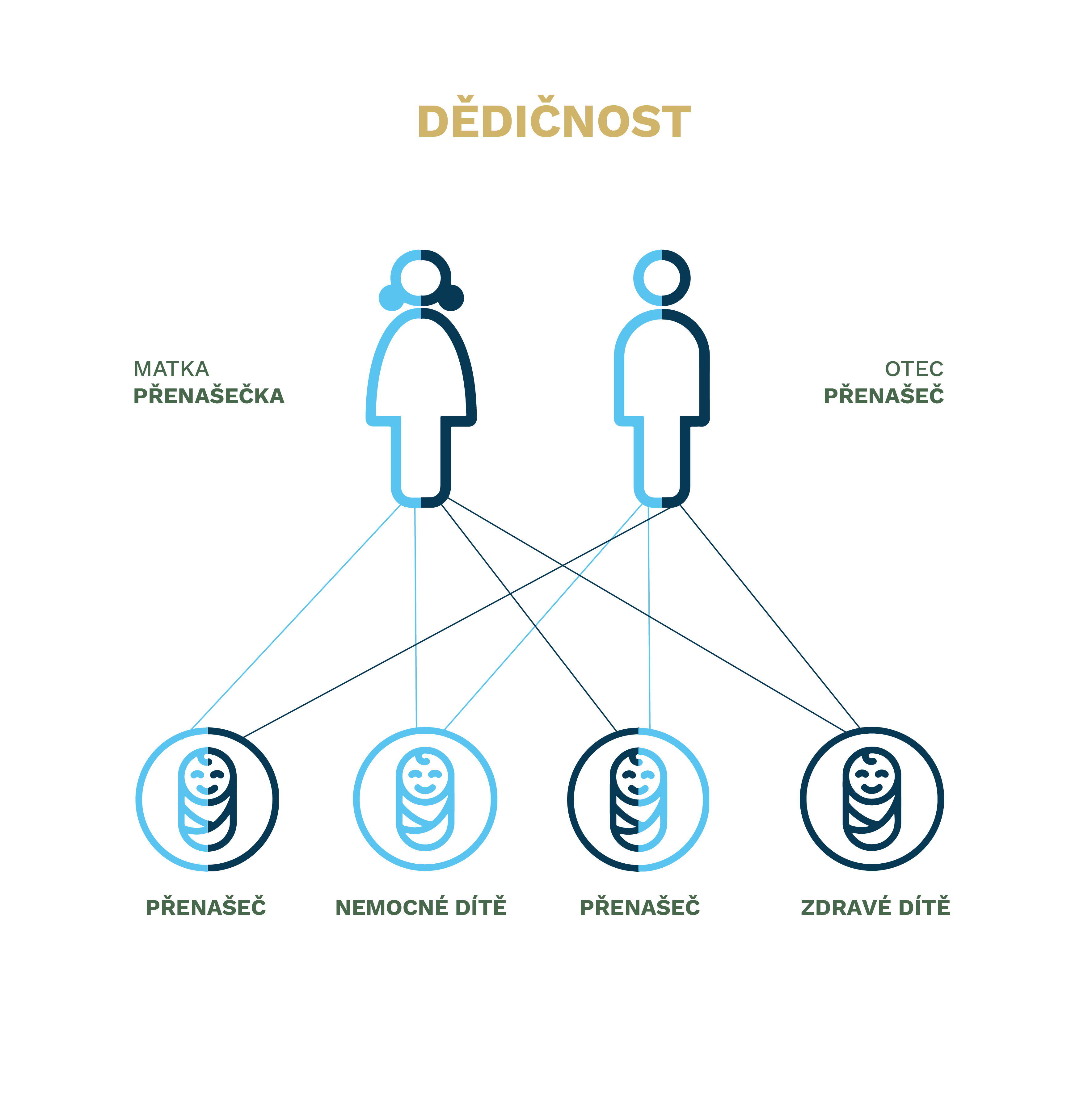
Example of hereditary disease transmission to offspring for a specific hereditary disease

Cystic fibrosis (CF) is a genetic disease that is transmitted according to the laws of heredity. CF is caused by mutations in the Cystic Fibrosis Transmembrane conductance Regulator (CFTR) gene.
Here are the basic principles of inheritance for this disease:
Recessive Inheritance:
- CF is a recessive genetic disease. This means that two mutated copies of the CFTR gene (one from the mother and one from the father) are required to manifest the disease.
- Persons who have one normal and one mutated copy of the gene are called carriers. They have no symptoms of the disease because the normal copy of the gene compensates for the mutated one.
Probability of offspring being affected:
When two carriers have offspring, there is a 25% chance that the offspring will inherit two mutated copies of the CFTR gene and be affected by cystic fibrosis. There is a 50% chance that the offspring will be a carrier (one mutated copy) and a 25% chance that the offspring will neither be a carrier nor affected.
Carriers do not have symptoms:
Carriers of a mutation in the CFTR gene usually have no symptoms of cystic fibrosis because they still have a functional copy of the gene. Overall, the manifestation of cystic fibrosis in an offspring requires both parents to be carriers of the mutation in the CFTR gene. If one parent is a carrier and the other has a normal gene, their offspring will not be affected but may be a carrier.
Figure 7: Graphical representation of the principle of inheritance